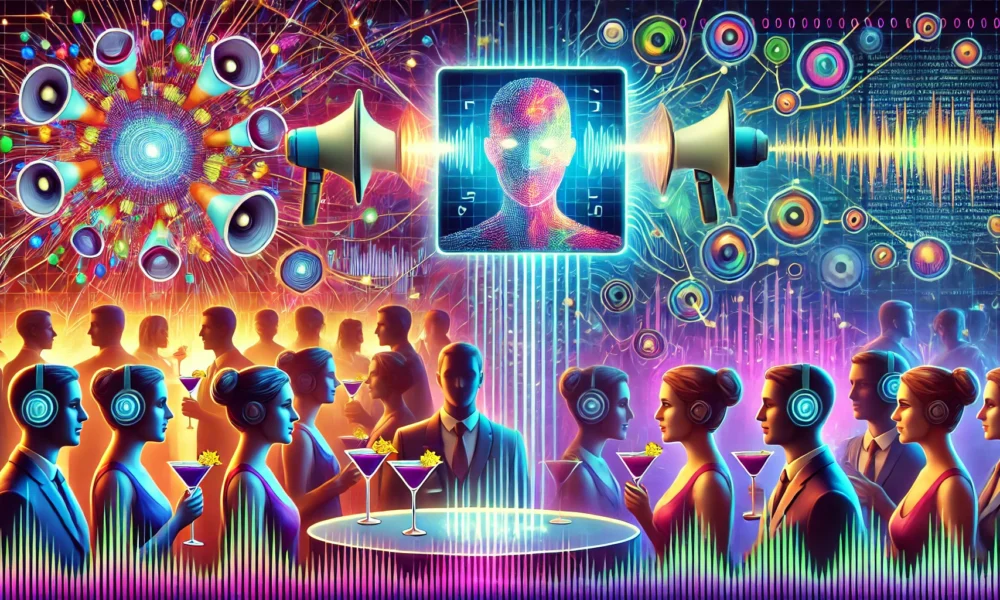Unlocking AI’s Potential: DeepMind’s Mind Evolution
In recent years, artificial intelligence (AI) has emerged as a practical tool for driving innovation across industries. At the forefront of this progress are large language models (LLMs) known for their ability to understand and generate human language. While LLMs perform well at tasks like conversational AI and content creation, they often struggle with complex real-world challenges requiring structured reasoning and planning.
Challenges Faced by LLMs in Problem-Solving
For instance, if you ask LLMs to plan a multi-city business trip that involves coordinating flight schedules, meeting times, budget constraints, and adequate rest, they can provide suggestions for individual aspects. However, they often face challenges in integrating these aspects to effectively balance competing priorities. This limitation becomes even more apparent as LLMs are increasingly used to build AI agents capable of solving real-world problems autonomously.
Google DeepMind has recently developed a solution to address this problem. Inspired by natural selection, this approach, known as Mind Evolution, refines problem-solving strategies through iterative adaptation. By guiding LLMs in real-time, it allows them to tackle complex real-world tasks effectively and adapt to dynamic scenarios. In this article, we’ll explore how this innovative method works, its potential applications, and what it means for the future of AI-driven problem-solving.
Understanding the Limitations of LLMs
LLMs are trained to predict the next word in a sentence by analyzing patterns in large text datasets, such as books, articles, and online content. This allows them to generate responses that appear logical and contextually appropriate. However, this training is based on recognizing patterns rather than understanding meaning. As a result, LLMs can produce text that appears logical but struggle with tasks that require deeper reasoning or structured planning.
Exploring the Innovation of Mind Evolution
DeepMind’s Mind Evolution addresses these shortcomings by adopting principles from natural evolution. Instead of producing a single response to a complex query, this approach generates multiple potential solutions, iteratively refines them, and selects the best outcome through a structured evaluation process. For instance, consider team brainstorming ideas for a project. Some ideas are great, others less so. The team evaluates all ideas, keeping the best and discarding the rest. They then improve the best ideas, introduce new variations, and repeat the process until they arrive at the best solution. Mind Evolution applies this principle to LLMs.
Implementation and Results of Mind Evolution
DeepMind tested this approach on benchmarks like TravelPlanner and Natural Plan. Using this approach, Google’s Gemini achieved a success rate of 95.2% on TravelPlanner which is an outstanding improvement from a baseline of 5.6%. With the more advanced Gemini Pro, success rates increased to nearly 99.9%. This transformative performance shows the effectiveness of mind evolution in addressing practical challenges.
Challenges and Future Prospects
Despite its success, Mind Evolution is not without limitations. The approach requires significant computational resources due to the iterative evaluation and refinement processes. For example, solving a TravelPlanner task with Mind Evolution consumed three million tokens and 167 API calls—substantially more than conventional methods. However, the approach remains more efficient than brute-force strategies like exhaustive search.
Additionally, designing effective fitness functions for certain tasks could be a challenging task. Future research may focus on optimizing computational efficiency and expanding the technique’s applicability to a broader range of problems, such as creative writing or complex decision-making.
Potential Applications of Mind Evolution
Although Mind Evolution is mainly evaluated on planning tasks, it could be applied to various domains, including creative writing, scientific discovery, and even code generation. For instance, researchers have introduced a benchmark called StegPoet, which challenges the model to encode hidden messages within poems. Although this task remains difficult, Mind Evolution exceeds traditional methods by achieving success rates of up to 79.2%.
Empowering AI with DeepMind’s Mind Evolution
DeepMind’s Mind Evolution introduces a practical and effective way to overcome key limitations in LLMs. By using iterative refinement inspired by natural selection, it enhances the ability of these models to handle complex, multi-step tasks that require structured reasoning and planning. The approach has already shown significant success in challenging scenarios like travel planning and demonstrates promise across diverse domains, including creative writing, scientific research, and code generation. While challenges like high computational costs and the need for well-designed fitness functions remain, the approach provides a scalable framework for improving AI capabilities. Mind Evolution sets the stage for more powerful AI systems capable of reasoning and planning to solve real-world challenges.
-
What is DeepMind’s Mind Evolution tool?
DeepMind’s Mind Evolution is a platform that allows for the creation and training of large language models for solving real-world problems. -
How can I use Mind Evolution for my business?
You can leverage Mind Evolution to train language models tailored to your specific industry or use case, allowing for more efficient and effective problem solving. -
Can Mind Evolution be integrated with existing software systems?
Yes, Mind Evolution can be integrated with existing software systems through APIs, enabling seamless collaboration between the language models and your current tools. -
How does Mind Evolution improve problem-solving capabilities?
By training large language models on vast amounts of data, Mind Evolution equips the models with the knowledge and understanding needed to tackle complex real-world problems more effectively. - Is Mind Evolution suitable for all types of industries?
Yes, Mind Evolution can be applied across various industries, including healthcare, finance, and technology, to empower organizations with advanced language models for problem-solving purposes.



